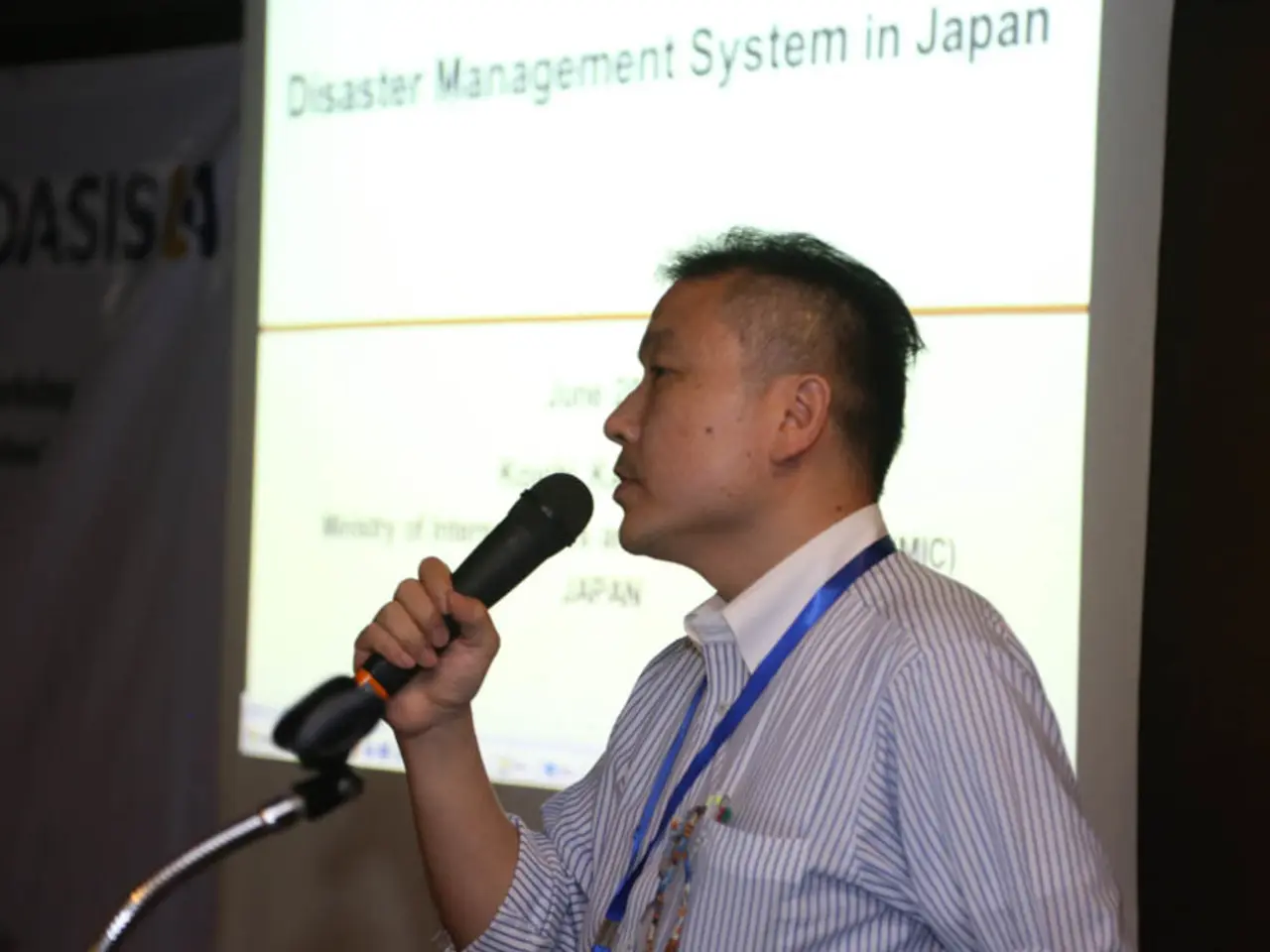Powerful 8.8-magnitude earthquake strikes Russia, prompting tsunami alerts across Japan and Pacific territories.
In a swift and focused response, nations across the Pacific Rim mobilised following the 8.8-magnitude earthquake that struck near Russia's Kamchatka Peninsula on July 30, 2025. The earthquake, the strongest in the region since 1952, occurred at a depth of 19.3 km and sent tsunami waves rippling across the Pacific Ocean.
The epicentre of the earthquake was 126 km south-east of Petropavlovsk-Kamchatsky, Russia. The immediate impact was felt in the remote region, where waves up to four metres high were reported. A tsunami with a height of three to four metres was also recorded in parts of Kamchatka. The earthquake caused relatively moderate damage locally, but its global implications were far-reaching.
Tsunami alerts and warnings were issued for parts of Russia, Japan, Alaska, Hawaii, the U.S. West Coast, Guam, American Samoa, Ecuador, and Chile due to the potential threat of destructive tsunami waves. Japan reported tsunami-related evacuations, leading to one indirect fatality and 21 injuries.
Authorities in multiple countries, particularly along the Pacific Rim, urged residents to avoid the coast and river mouths to prevent casualties from the tsunami threat. Tsunami warning sirens blared in Honolulu, US, and people were told to move to higher ground. The disaster management agency in New Zealand issued a warning for strong and unusual currents and unpredictable surges at the shore in some coastal areas.
Mexico mobilised authorities at all levels of government to keep its population away from Pacific beaches due to expected strong currents at port entrances from Baja California in the northwest to Chiapas in the south. The wave also hit the coastal area of Severo-Kurilsk, Russia's Kuril Islands in the Pacific.
The U.S. Geological Survey (USGS) closely monitored the event and provided scientific assessments and aftershock forecasts to inform ongoing safety measures and preparedness. The earthquake, while one of the most powerful globally since 2011, caused relatively moderate damage locally, less severe than other earthquakes of comparable magnitude, which partly influenced the manageable scale of the international emergency response.
Perhaps the most significant local impact was the evacuation of workers at the Fukushima nuclear plant in Japan due to the earthquake. The international community will continue to monitor the situation closely in the days and weeks to come, ensuring that any potential aftershocks are met with swift and effective responses to maintain safety and minimise harm.
Environmental scientists, studying the aftermath of the earthquake, noted potential changes in weather patterns due to the sudden displacement of ocean waters. The disruption in the Pacific Ocean's climate system may have long-term effects on weather, a field of science that requires constant monitoring and assessment.








